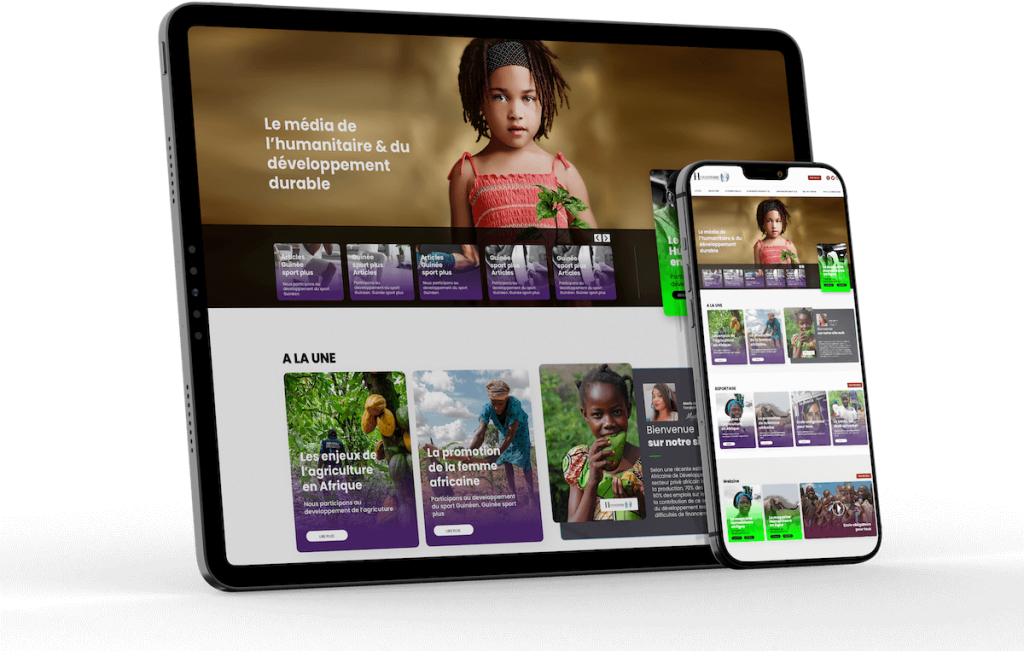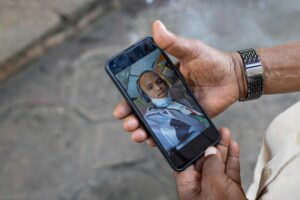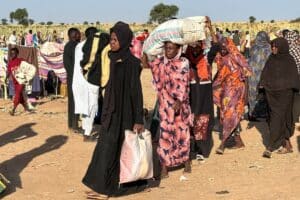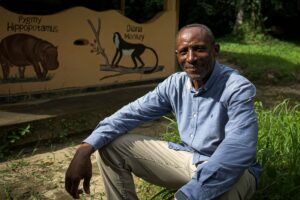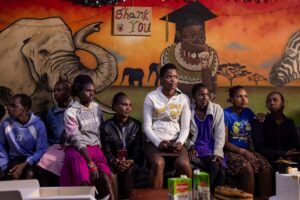Korhogo – North Ivory Coast
Friday 17 March 2023
A restitution workshop was held on Friday 17 March 2023 at the Management Centre of SODEFOR in Korhogo. It was an opportunity for Dr. ASSI Lordia Florentine to present the results of her project entitled “Mapping the vulnerability and adaptation strategies of local livestock farmers to climate change in Katiali and Dianra (Northern Côte d’Ivoire)”.
The said project is an initiative of the West African Women’s Climate Leadership Programme (WAfriCLP), funded by the International Development Research Centre (IDRC) and led by the WASCAL/CCBAD African Centre of Excellence of the University of Félix HOUPHOUËT-BOIGNY (Abidjan/Côte d’Ivoire) in partnership with the University of Nairobi (Kenya) and the IRA of the University of Dar-es-Salaam (Tanzania)
The study, which took place over a period of eighteen months from September 2020 to February 2022, aimed to analyse the level of vulnerability of local livestock farmers to climate change in the localities of Katiali and Dianra.
It was initiated for the Research component of the WAfriCLP Programme. Dr ASSI Lordia Florentine benefited from the institutional support of the Centre Suisse de Recherches Scientifiques en Côte d’Ivoire (CSRS) and the Institut de Géographie Tropicale (IGT) of the Université Félix Houphouët-Boigny d’Abidjan – Côte d’Ivoire. Dr ASSI Lordia was supervised by Dr AMIN Ariane, Assistant Professor and Dr Nguessan Alexis, Senior Lecturer, both from the University of Félix HOUPHOUËT -BOIGNY.
The objective of the workshop was to present the WAfriCLP programme, to disseminate the results obtained in the course of the project and finally to collect the participants’ proposals in relation to the project’s activities in order to produce the final report. In view of the relevance of this theme for them, the participants did not fail to make their contribution and to thank Dr Assi and the donors who made this meeting possible.
Cattle breeding is an important activity that concerns a large number of breeders, estimated at more than 360,000 farmers according to the 2001 National Agricultural Census (RNA), even though Côte d’Ivoire is a coastal country. This activity is mainly practised in the northern part of Côte d’Ivoire because it has many natural assets (fodder, water points).
However, climatic changes characterised by temperature rises and irregular rainfall are strongly disrupting pastoral activity.
The resulting decline in livestock production threatens the supply of animal protein and consequently food security in localities where livestock are kept, such as Katiali and Dianra in northern Côte d’Ivoire .
The objective of the study was to analyse the level of vulnerability of local livestock farmers to climate change in Katiali and Dianra.
A methodology combining geolocation of pastoral activity sites, the use of Landsat 5 satellite images from 1990 and Landsat 8 from 2020, semi-structured interviews with administrative officials, and a focus group discussion with local pastoralists was used.
From the results obtained, it is important to note the reduction of “savannah” areas by almost 50%, from 45.73% in 1990 to 28.93% in 2020, to the benefit of other areas in the territories of Katiali and Dianra ; in 1990 and 2020, July remained the wettest month, but rainfall decreased from 250 mm in 1990 to 220 mm in 2020 in Katiali.
In Dianra, however, there was an increase in rainfall from 190 mm in July to 320 mm in September, which was the wettest month. Temperatures varied between 20 and 30°C in both locations . Also, in the dry season, water points dry up and fodder dries up.
In order to cope with the scarcity of natural resources for feeding and watering livestock, local herders migrate with part of their herds to other suitable locations during this season, while the other part of the herds remains in Katiali and Dianra, for which they buy large quantities of cattle feed supplements.
Dr. ASSI Lordia Florentine’s study will help to better map the transhumance route and corridors, given the identification of areas of abundant fodder in the rainy season, dry areas in the dry season, areas where water dries up during the dry season, and periods that are favourable for grazing and periods that are not.
This will help to anticipate conflicting issues between herders and farmers related to the use of natural resources as the same sites are used for agriculture and cattle rearing, if food security in bovine animal protein is to be achieved and to help meet Sustainable Development Goals 1, 2, 3, 8, 13 and 17.
This study can be replicated in all localities in Côte d’Ivoire where cattle farming is practised, and it is desirable that it should be, because the challenges of climate change increasingly oblige us to anticipate its negative impacts on human activities, especially those affecting food security.
ASSI Lordia Florentine1, 3, AMIN Ariane2, 3, N’GUESSAN Atsé Alexis2
- Peleforo GON COULIBALY University, Korhogo, Côte d’Ivoire Université Félix
- HOUPHOUËT-BOIGNY, Abidjan, Ivory Coast
- Centre Suisse de Recherches Scientifiques en Côte d’Ivoire (CSRS), Abidjan, Ivory Coast
lordia.assi@csrs.ci
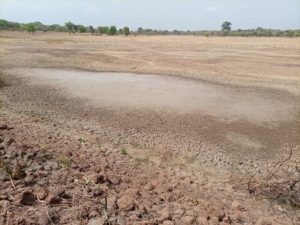


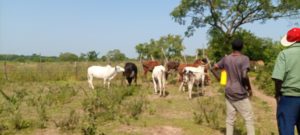


![]()
![]()
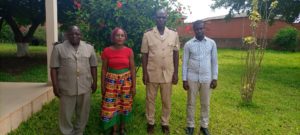
![]()
